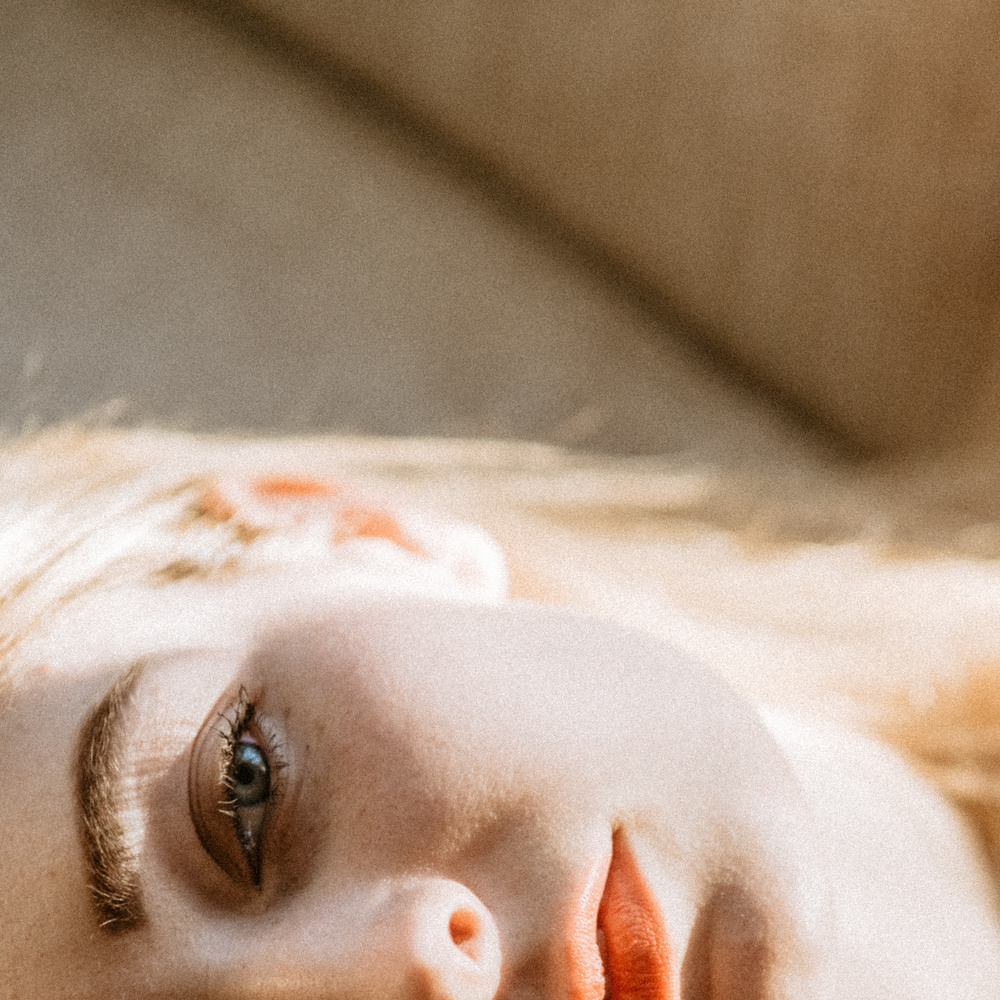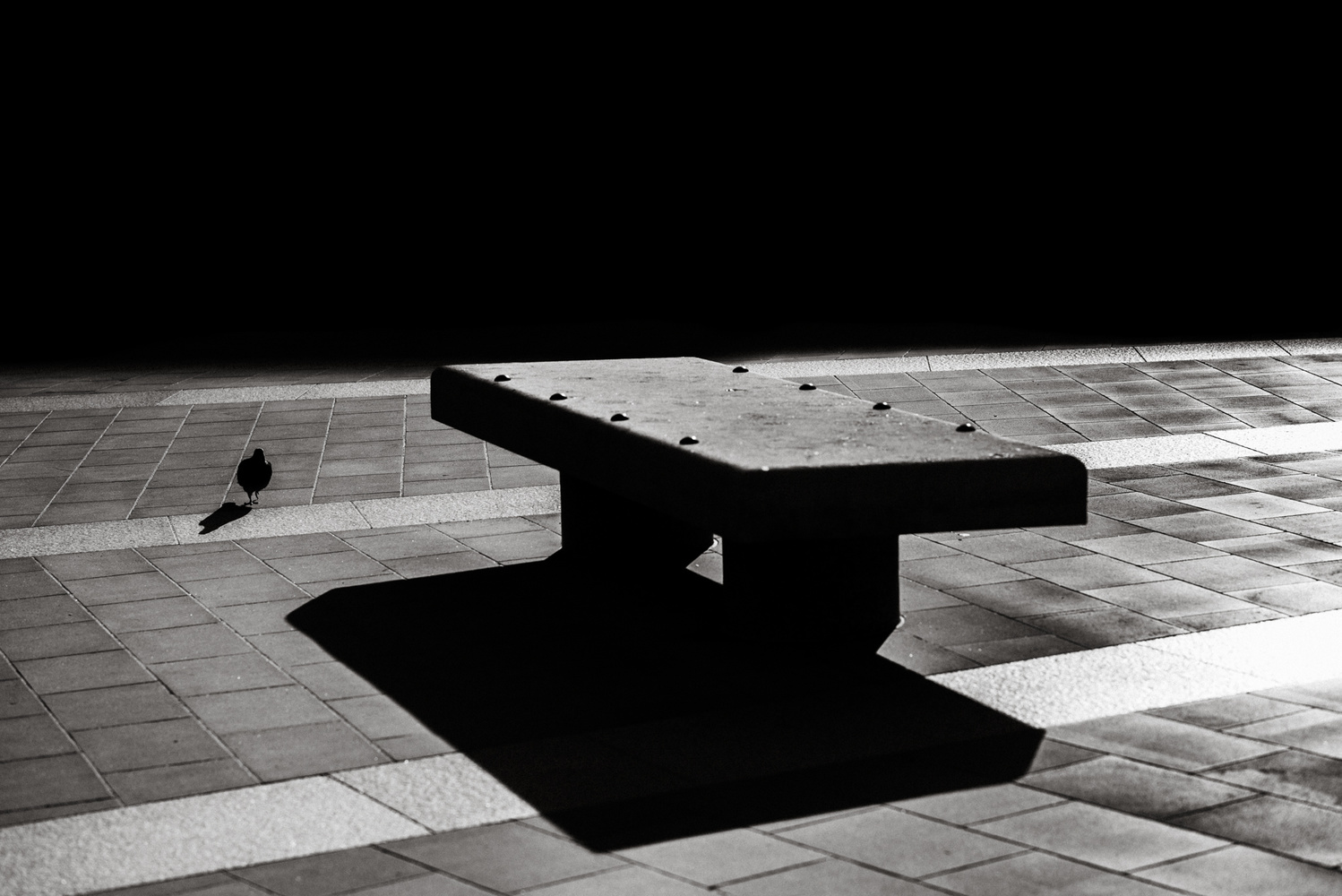Editing is no different than shooting – you will get stuck for inspiration at one point or another. But, how can we get through it without losing our mind?
I have been quite lucky lately in my personal photography and haven’t struggled when editing – everything seems to have fallen in place and exactly where I want it to be. However, a few days ago I tagged along to a shoot which wasn’t something I had necessarily prepared or planned for. I had other things on my mind that day which probably did not help because I should have taken time aside to think about what am I going to shoot, why am I shooting it, and how do I intend to put the end result together. Although I enjoyed shooting, I was not quite sure what I want to do with the images yet but I planned a few hours of my day aside to look through and start editing them.
Turns out, my heart hadn’t quite been in it which also meant that when I was editing it almost felt like a chore. I wasn’t sure how I want it to look nor what I want to do with the images. This resulted in me wasting a part of my day going back and forth on editing, deleting it all and starting over. Sometimes we simply get a creative block even when editing! So, how can we deal with it, especially if it’s personal project photographs that nobody asked us to take?

Walk Away
After having spent long enough of my day to realize I wasted hours trying to edit something that is looking nothing like my style, I found myself feeling on edge. I wanted to keep going but at the same time I felt like I was going nowhere, which in return becomes a vicious cycle. The best thing to do is to simply walk away. Close that cursed Lightroom catalog and switch your attention to something else. Better yet, go give your eyes a break and walk away from your screens entirely even if just for a moment. It will give you a fresh perspective next time you revisit your images. It’s same as spending too long in a perfume shop – eventually they all start smelling the same and give you a headache at the end of it.

Sometimes editing will happen very effortlessly, other times it can be harder to realize how to edit and why.
Review Your Intentions
When you are safe to come back to your editing software, remind yourself what you actually intend to do with these photographs. What is the end result? In a way if it is for a paid job it becomes easier because it’s all down to technical expertise in achieving the agreed look. There is no going back and forth when you know what the end result needs to be, yet you may spend time looking at tutorials on how to achieve it. However, if the images are personal not professional – who is to say when we are actually done editing? Who is to say how we should edit them?
The answers to these questions depend on you quizzing yourself. Take a moment to think about what you want to do with these images when they are finished. Is your goal putting several images together as a collage or a gallery? In that case, editing should take that into account to ensure images flow together as a small collection. It could be similar themes, colors, crops, or the complete opposite where images contrast one another. Either way, knowing that is already the first step to keep you from mindlessly jumping from image to image and editing without any clear ideas.
If you intend to edit stand-alone images that you want to print or display on the internet, then you need to start thinking about what each individual image is saying. For example, have you shot an architecture based image that you wanted to appear dark and moody? Then start looking at it as a whole to figure out which parts you want to emphasize with dodging or burning to deliver that dramatic effect at the end of it. Did you shoot a fine art image of grasses bending to the wind by the sea? First question then is whether color is integral or not. After that – do I want to add extra softness to emphasize the movement of these grasses? Asking yourself questions like these when you are analyzing your image or a collection of images will help you start editing with purpose and stop you from getting stuck in a self loathing loop of artistic confusion.

A very simple image with equally as simple edit to bring out the man's silhouette and shadows behind him.
Your Style Will Change
I would be very surprised if as an artist or a photographer your style wouldn’t change throughout the years of you pursuing it. We grow, learn and change as people every year so the same applies to your photography. Do not feel you need to stick with one way of post-processing your work, no matter the subject or composition. It is healthy to allow yourself to grow, even if it might feel like end of a phase.
Social media apps, such as Instagram, might make its users feel that they need to conform to a certain style or to maintain a visually coherent image feed, but all that does to you is stagnate you, especially if you shoot for non-commercial purpose. You do not have to edit all of your images a certain way and do not let peer pressure tell you otherwise.

Let your style (and editing) evolve regardless of trends or peer pressure.
Experimenting Is Still Fine
Even though I mention a more rational approach to editing, I still believe that editing is crucial stage where we inject our personality and style that contribute to the final result. The same thing can be shot by ten different photographers but editing stage is where their style and emotions really come out. As such, I believe experimenting during post processing is just as important as it is during the actual shooting stage. Trying new things and pushing ourselves out of our comfort zone is what helps us realize who we are, what we do, what we like and what we don’t. However, the issue arises when we are trying to experiment on an image that doesn’t really fit our photography in the first place. We can add many different edits on it and still dislike it because perhaps it wasn’t an image for us in the first place. It can be hard to admit defeat, especially if you have spent a good chunk of your day staring at the monitor and trying to finish those images. It might feel like we have failed but in reality it’s failure not to recognize when we need to move on.
All in all, we all suffer from creative block at some point – it happens in photography, art, writing and music. Do not let it bring you down but let it help you develop and grow. When you start feeling like you are getting stuck, reset yourself.
Have you got any particular methods of dealing with editing block?







People are just going to have to take my word for it that this isn't an advert, but: my editing blocks lately have been resolved by Pratik Naik's Infinite Color Panel. I just throw an unedited, rough file into PS and then keep mashing randomize to see what comes out. Time and time again it has either demonstrated a color combination or curves configuration that gives me an idea, even if it isn't exactly what the panel produced. Great article, Anete!